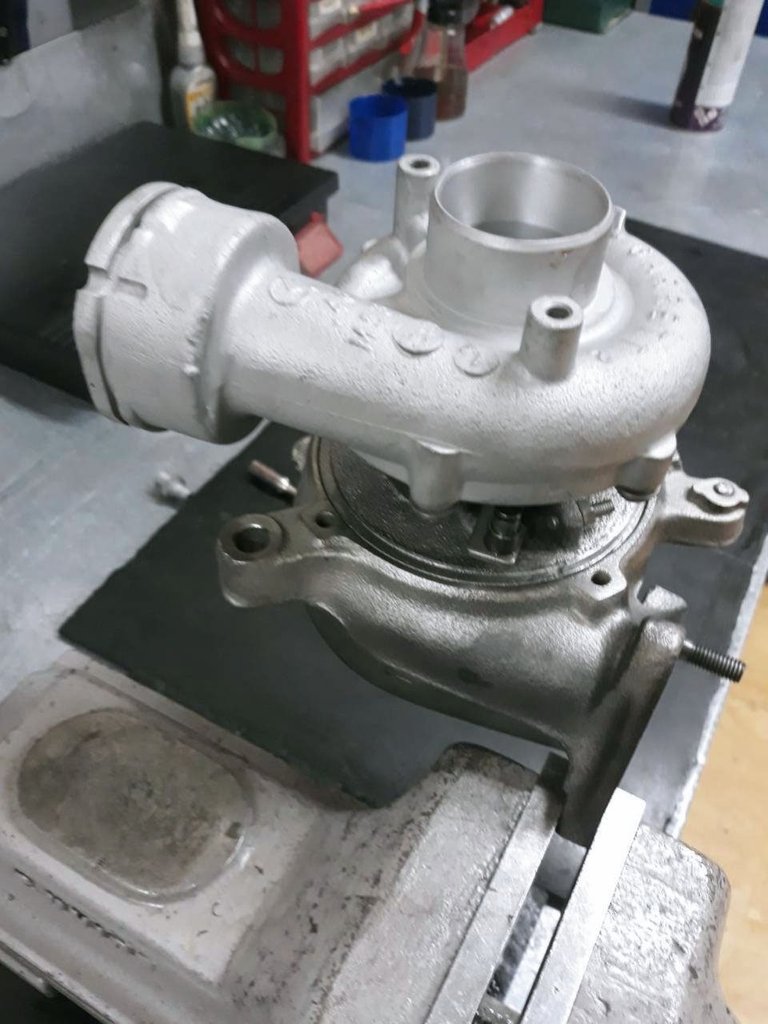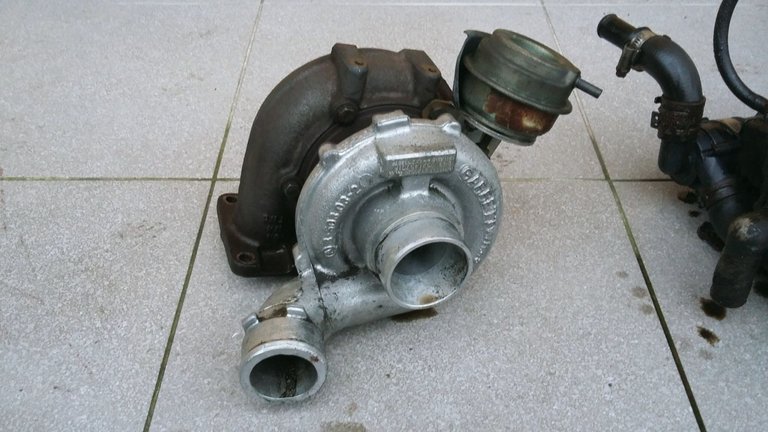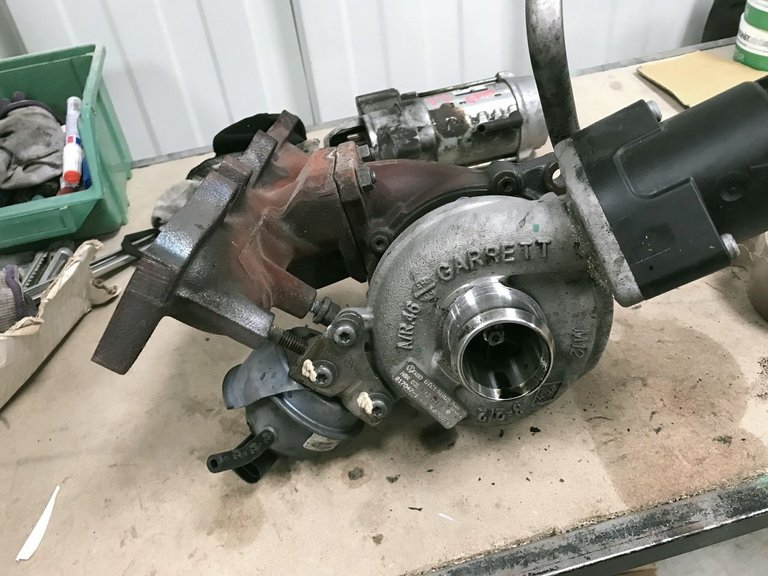Nowadays, it is practically inconceivable that a new car has a diesel engine without a turbine, and more and more often they have petrol engines, regardless of their working volume, number of cylinders or car class. That is why it is quite important that every driver is familiar with at least the basic principle of turbine operation, especially if it is a driver of a car with a diesel engine. However, in our country, people are often insufficiently informed and at the very mention of the word "turbine" they think of some unusually complex and complicated system that is impossible to understand if you are not a mechanical engineer. In this text, we will try to show you that this does not have to be the case at all.

The biggest advantage of turbine engines in relation to atmospheric engines is high torque at low speeds, where the value of torque jumps sharply to the maximum, and then remains at that maximum in an extremely wide range of speeds. Also, the maximum power of turbine engines is developed at lower speeds compared to atmospheric engines.
Many drivers like turbine engines, especially if they are diesel engines, precisely because at low revs, by pressing the accelerator pedal sharply, the car "pulls" so hard that it feels like there is a much more powerful engine under the hood.

Proper operation of the engine requires an appropriate mixture of air and fuel that can be easily achieved up to a certain number of engine revolutions, however, when we need more power we must increase the number of revolutions, and thus the amount of air intake. This is where the problem arises, because the engine cannot, with the help of the vacuum that creates the engine piston and atmospheric pressure, bring in enough air, and that more air is needed to create the right mixture for more engine power. This shortcoming of the engine is solved with the help of a turbine. With the turbine, you get more engine power, and its dimensions remain the same, which is the main goal of the modern car industry.
Each turbine consists of a drive part and a part in which additional pressure is created. Additional pressure is created by the turbine blades, which are designed to draw in air and then compress it towards the cylinders. How fast the turbine rotates is directly related to the amount of compressed air in the cylinders.
Many people think, and car manufacturers are trying to convince us that a small turbo engine of 1,400 cubic meters and 140 hp will consume the same amount of fuel as an atmospheric engine of 1,400 cubic meters and 80 hp, which is by no means logical. The problem is that when the turbocharger injects a larger amount of air into the cylinder, then a larger amount of fuel must be injected in order to obtain proper combustion.
So you can't pump a lot of air and inject a little fuel without getting a lot of power. When a larger amount of air is added, a larger amount of fuel must be added in order for the mixture to be suitable. Also, when creating this additional pressure, care must be taken that self-ignition occurs at the critical pressure point, so an explosion in the cylinder can occur before the intake valves close.

To start the turbine, air from the exhaust branch is used, which moves the turbine shaft through the blades, but for that start, the engine power is used during the blowing, because then the piston pushes air through the turbine. Also, the hot air from the engine heats the turbine, which then heats the air that enters the engine. Since it is known that heated air is rarer, the amount of compressed air is smaller when the air is heated. To solve this problem, an intercooler (air cooler that enters the engine) is inserted into the system, which further reduces the engine power, because the air path to the cylinder is not free, but part of the power must be spent pushing air through the intercooler.
In the end, after all these processes, when we take everything into account, the engine power will not be increased by 50 to 60%, but by 30 to 35%. When you drive a car to a certain speed (around 3000 rpm) you will have one fuel consumption, and as soon as you exceed that figure you will see that the consumption increases significantly. The reason for this is the previous example with losses. Were it not for these losses, which are greater with increasing speed, consumption at 100 km / h would be constant regardless of vehicle speed.